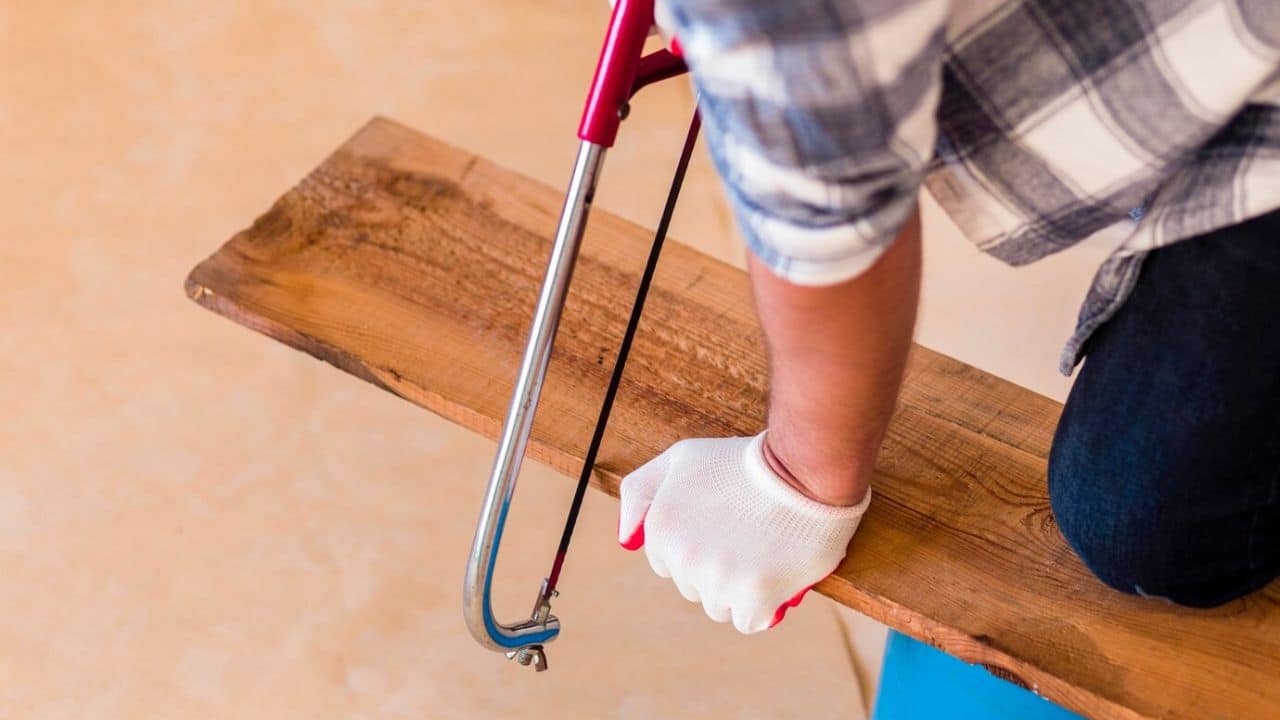Revitalizing your home’s hardwood floors can breathe new life into your living spaces. However, many homeowners hesitate to embark on this journey due to uncertainty about the time investment required. This comprehensive guide will walk you through the intricacies of the hardwood floor refinishing process, helping you understand the timeline, factors that influence duration, and how to plan effectively for this transformative home improvement project.
Understanding the Basics of Hardwood Floor Refinishing
In the United States, hardwood floor refinishing is a popular method for restoring the appearance of aging or damaged wood floors. This multistep process involves removing the old finish, sanding the wood surface, and applying new stain and protective coatings. For those looking for Houston hardwood floor refinishing, it’s a great way to bring back the original charm of floors while extending their lifespan.
The refinishing process typically includes:
- Preparation of the space
- Sanding the floor surface
- Cleaning and dust removal
- Staining (if desired)
- Applying multiple coats of finish
Each of these steps requires time and attention to detail to ensure the best possible outcome. The entire process can take anywhere from a few days to over a week, depending on various factors we’ll explore in depth throughout this article.
Factors Influencing the Duration of Hardwood Floor Refinishing
Several key factors can affect the time it takes to refinish hardwood floors:
- Floor Size and Layout
The size of the area being refinished is one of the most significant factors in determining the timeline. Larger spaces naturally take more time for each step. The room layout also matters—open floor plans may speed up the process, while rooms with many corners, closets, or intricate designs can slow things down. - Floor Condition
The current state of the hardwood floors plays a critical role. Floors with deep scratches, dents, or water damage may require extra preparation or repairs, which can extend the project by days. - Type of Wood
Different wood species react uniquely to the refinishing process. Softer woods like pine need careful handling and may have longer drying times, while harder woods like oak or maple can be sanded more efficiently but might require more effort. - Finish Type and Application Method
The choice of finish—oil-based or water-based—affects the timeline. Oil-based finishes take longer to dry between coats, whereas water-based finishes dry faster but may require additional coats to achieve the desired protection. - Environmental Conditions
Temperature and humidity significantly impact drying and curing times. High humidity can slow down the process, adding days to the project, while moderate temperatures and low humidity provide ideal conditions.
The Professional Refinishing Process: A Typical Timeline
When hiring professionals to refinish your hardwood floors, you can generally expect the process to take between 3 and 5 days for an average-sized home. Here’s a breakdown of a typical professional timeline:
Day 1: Preparation and Initial Sanding
The first day usually involves:
- Removing furniture and preparing the space
- Covering vents and doorways to contain dust
- Initial coarse sanding to remove the old finish
Day 2: Fine Sanding and Cleaning
On the second day, professionals typically:
- Perform finer sanding to smooth the surface
- Address any repairs or imperfections
- Thoroughly clean the area to remove all dust
Day 3: Staining (If Applicable) and First Coat of Finish
If you’ve opted for staining, this usually occurs on the third day, followed by:
- Applying the first coat of finish
- Allowing proper drying time
Day 4-5: Additional Coats and Final Touches
The final days involve:
- Applying subsequent coats of finish (typically 2–3 coats)
- Light sanding between coats if necessary
- Final inspection and touch-ups
It’s important to note that this timeline can extend if you’re refinishing a larger area or if there are complications with the floor’s condition.
The Impact of Finish Types on Project Duration
The type of finish you choose for your hardwood floors can significantly affect the overall timeline of your refinishing project. Let’s explore the two main options:
Oil-Based Polyurethane
Pros:
- Durable and long-lasting
- Provides a rich, warm glow to wood
Cons:
- Longer drying time (up to 24 hours between coats)
- Stronger odor during application and curing
Timeline Impact: Using an oil-based finish can add 1–2 days to your project due to extended drying times between coats.
Water-Based Polyurethane
Pros:
- Faster drying time (2-4 hours between coats)
- Low odor and VOC emissions
- Maintains the natural color of the wood
Cons:
- May require more coats for optimal protection
- Generally more expensive than oil-based options
Timeline Impact: Water-based finishes can speed up the project by allowing for multiple coats to be applied in a single day.
Summary
Refinishing hardwood floors is a significant undertaking that requires careful planning and consideration of time investment. While the process typically takes 3–5 days for professionals and potentially 7–10 days for DIY enthusiasts, the results can dramatically enhance the beauty and value of your home. By understanding the factors that influence the duration of a hardwood floor refinishing project, you can set realistic expectations and make informed decisions about whether to tackle the project yourself or hire professionals. Remember that while the process may cause temporary disruption, the long-term benefits of beautifully refinished hardwood floors often outweigh the short-term inconvenience.







































